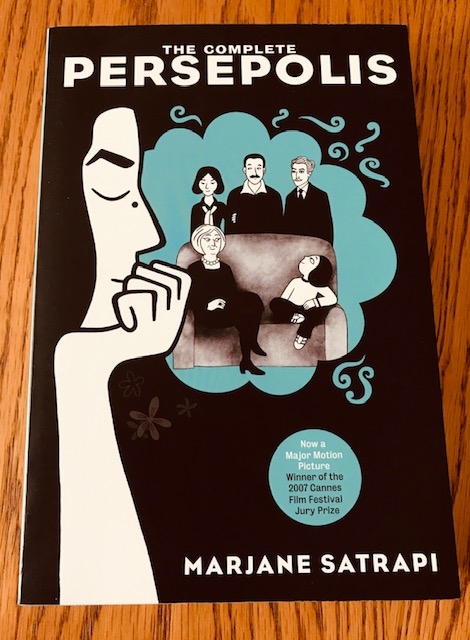So Many Books to Choose from!
One of the most awesome things about trying to choose just a handful of book titles to highlight is that there are so many to choose from! For that reason, I want to offer a big encouraging THANK YOU to anyone who writes. Sharing one’s thoughts or ideas is a worthwhile task. This is the reason that Banned Books Week is so important. Every story, book, essay, etc. can offer new perspectives and give readers glimpses into different worlds.
We learn through reading.
Closing out Banned Books Week
Today is the last day of Banned Books Week 2019. My blogging has felt a bit haphazard this week, but my overall intent was to highlight books (not necessarily banned books) that have had an impact on me, both as a writer and a reader. A peripheral goal was to draw attention to less common–or “unusual”–books. That is to say, I did not want to spotlight “classics” (e.g., Steinbeck or Faulkner), although they are certainly just as worthy of reading. I’m not sure that I succeeded in my peripheral goal. However, if you come away with even just one new story or book to read, then maybe I have.
To close out this celebration of books, I want to draw attention to the genre of graphic novels. According to Merriam-Webster, a graphic novel is “a story that is presented in comic-strip format and published as a book.”
To be honest, I was never drawn to graphic novels, per se, as a reader. I am, however, certainly appreciative of their value. There has been evidence linking graphic novels to improved literacy. I know several teachers who have used them successfully in their reading classrooms. While some might criticize graphic novels, claiming they’re not “real” literature, it’s important to understand that the same elements that make up a traditional story or novel are still expected in a graphic novel. There still needs to be a story arc, tension/conflict, characterization, and believable dialogue. Don’t let the pictures fool you. A graphic novel is not any less “literary” than a traditional novel form.
The Complete Persepolis by Marjane Satrapi

The Complete Persepolis by Marjane Satrapi is actually a graphic memoir but is still often referred to as a graphic novel. When I read this book–about ten years or so ago–I stayed up most of the night trying to finish it, simply because I didn’t want to put it down. Heartbreak, wit, joy, and profound wisdom–these are the characteristics of this memoir of Satrapi’s childhood in Iran during the Islamic Revolution. The book was eye-opening. And even though I was reading about a life so different from my own, it was still relatable. That’s good writing!
If the idea of reading is to learn about the world, about cultures and lives different than our own–of experiences different from our own–Satrapi’s memoir is a perfect selection. I laughed and I cried. I felt. I not only learned about a life so different from my own, I learned about a new literary world as well. It was this book that opened my eyes to the value of graphic novels.
Read On!
I, of course, have only highlighted a limited number of books this week; but if I’ve done nothing else for Banned Books Week, I hope I’ve led you to some possible new reading material. Additionally (and perhaps more importantly), I hope that it’s clear how important books are–how powerful the written word is. Books change lives. That’s why it’s so important to celebrate them and recognize their influence. And we don’t need to wait until Banned Books Week comes around again: Celebrate by reading. Celebrate by offering book suggestions to others. Celebrate by writing! Celebrate by saying “no” to censorship!
———————————————————————————-
If you’ve missed any of my earlier Banned Books Week posts, you can find Day 1 here; Days 2 and 3 here; and Days 4, 5, and 6 here. Read on!
0 Comments